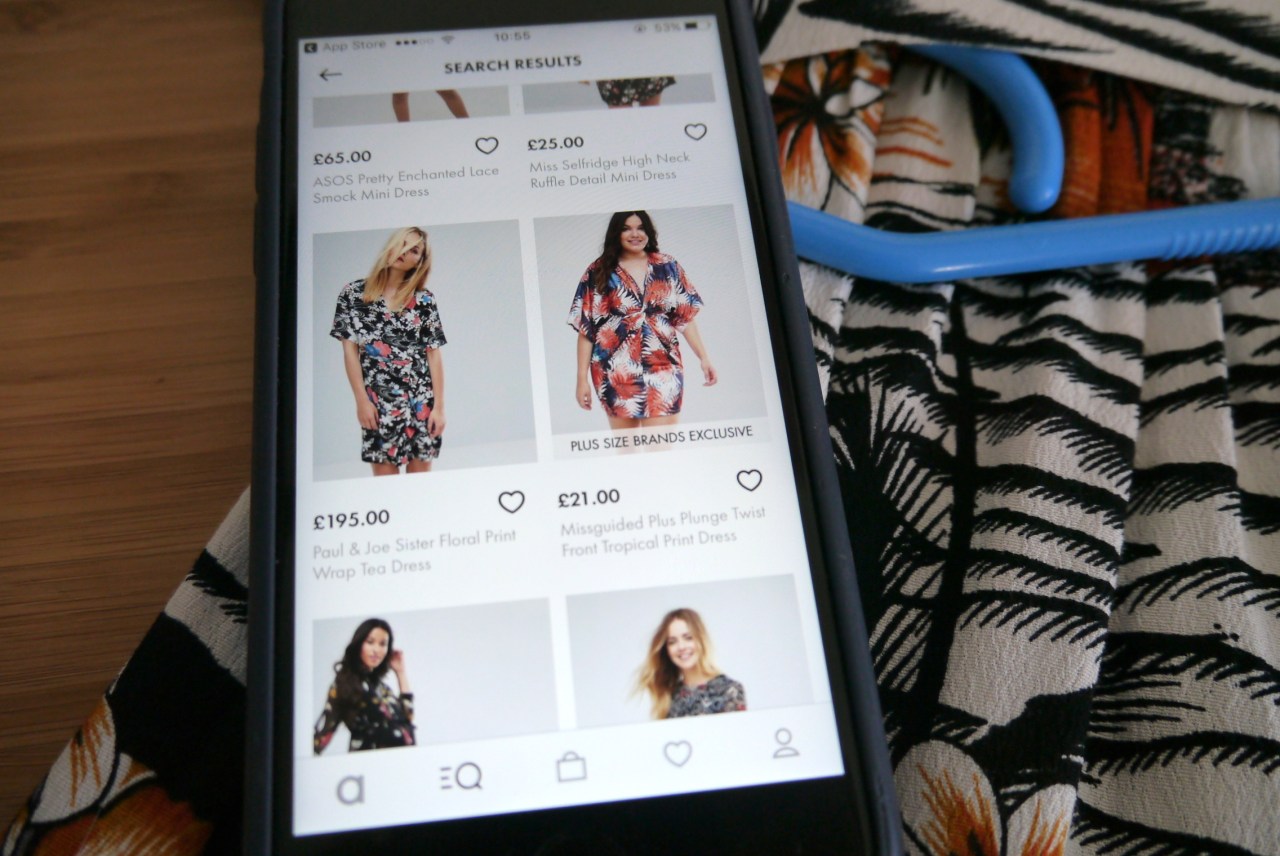The retail landscape is ever-evolving, with technology leading the charge towards more intuitive shopping experiences. One such innovation that has taken the fashion e-commerce sector by storm is the addition of visual search capabilities. Recently, Asos, a major player in the fashion e-commerce realm, jumped on board this trend by rolling out a photo-based search feature to its iOS app. While this may not be the first entry into visual search, it opens the door to understanding how computer vision technology can alter the shopper’s journey in meaningful ways.
The Power of Visual Search
Visual search offers shoppers the ability to engage with products on a whole new level. Instead of relying solely on text-based searches—which can often be tedious and frustrating on smaller screens—users can now snap a picture of a garment or accessory and be presented with similar items from the retailer’s catalog. This type of search can pull in images from both the camera and existing media, like Instagram photos, allowing consumers to shop based on what they see in everyday life. The effectiveness of this feature is significant: Asos reports that 80% of their UK website traffic comes from mobile devices, reinforcing the need for a frictionless shopping experience on these platforms.
Aiming for Serendipity in Shopping
The introduction of visual search by Asos is aptly timed to encourage serendipitous discovery. The app may not always yield perfect matches—especially considering the current index of 85,000 searchable products—but it effectively captures the essence of the original item. Shoppers can explore styles and patterns that resonate with what they are looking for, even if it means expanding their search to similar items instead of precise replicas. This adaptability could ultimately enhance customer satisfaction by providing a broader range of fashion options.
The Tech Behind the Trend
Asos has forged a partnership with a startup to develop the visual search tools—notably, they did not initiate the tech independently. Over the past several years, numerous startups have emerged, addressing this particular niche in fashion, including brands like ASAP54 and Snap Fashion. Tech giants are also taking note. For instance, Pinterest and eBay have developed their own visual search functionalities that harness the computational capabilities of computer vision to revolutionize the shopping experience. Google, too, announced its Google Lens technology aimed at seamlessly integrating awareness into mobile cameras, showcasing the potential applications of this field across various sectors.
Driving the Future of E-commerce
The rapid adoption of visual search technology underscores a key trend in e-commerce: the need for convenience and speed. As consumers increasingly rely on their mobile devices, companies like Asos must continue to innovate to maintain customer engagement in a competitive market. The potential for visual search to streamline the shopping experience while making it more engaging can’t be overlooked. As technology continues to advance, we can certainly expect further integrations of AI-driven solutions into everyday shopping.
Conclusion: The Path Ahead
Asos’s foray into visual search represents a significant step toward a more intuitive and enriched shopping experience. By combining computer vision with user-friendly applications, both retailers and consumers stand to benefit from enhanced discovery and convenience. This innovation serves as a reminder that in the fast-paced world of fashion e-commerce, staying ahead of technological trends is not just an option—it is essential for survival. At fxis.ai, we believe that such advancements are crucial for the future of AI, as they enable more comprehensive and effective solutions. Our team is continually exploring new methodologies to push the envelope in artificial intelligence, ensuring that our clients benefit from the latest technological innovations.
For more insights, updates, or to collaborate on AI development projects, stay connected with fxis.ai.

